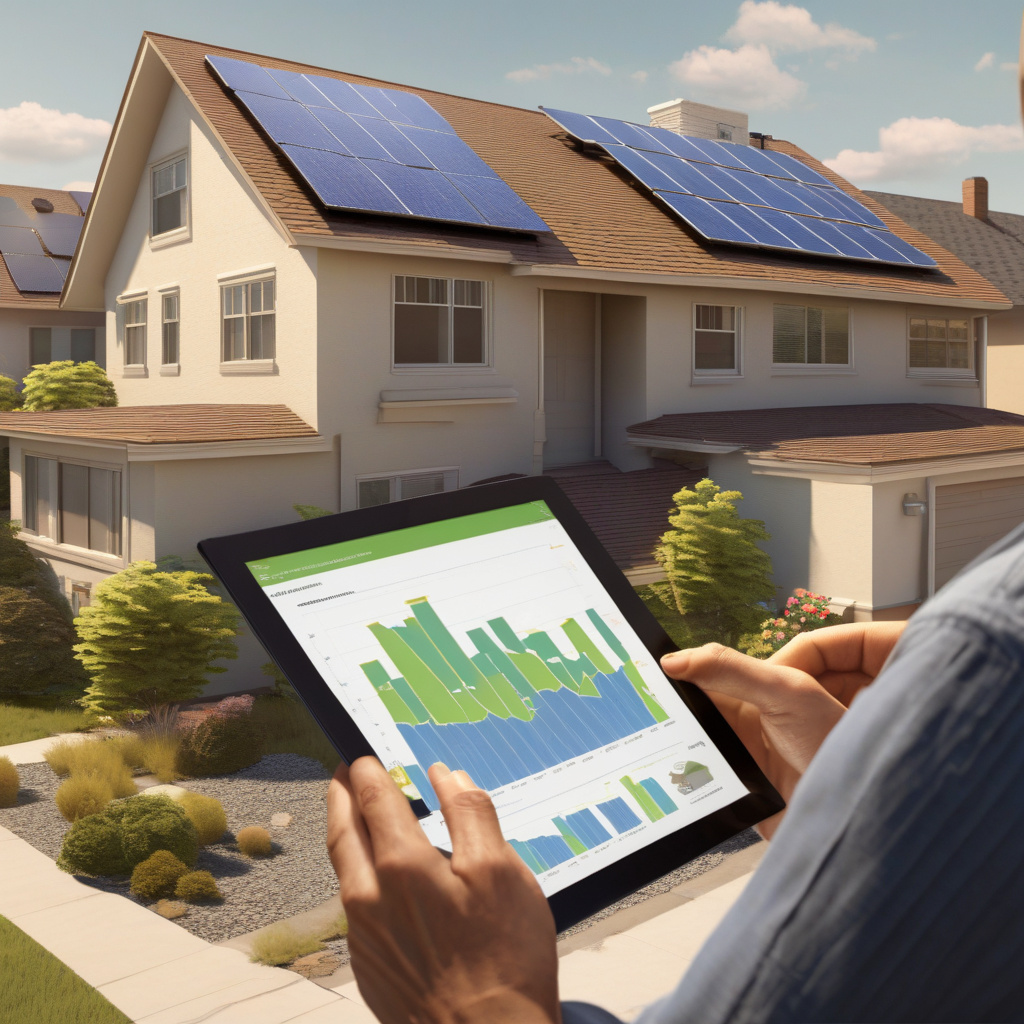In the ever-evolving landscape of cybersecurity, even our solar rooftops are not immune to potential threats. Recently, Texas-based solar company EG4 found itself at the forefront of a national security issue when federal officials underscored the vulnerability of its inverters to cyber attacks. This revelation positions EG4 as a prime example of the risks associated with home energy cybersecurity.
The inverters, crucial components in solar energy systems that convert direct current (DC) electricity into alternating current (AC) for household use, have now become a point of concern due to their susceptibility to hacking. With the ability to potentially hijack these inverters, hackers could disrupt the energy supply to homes, businesses, and even entire communities. This not only poses a threat to individual privacy and safety but also raises broader national security implications.
The implications of such vulnerabilities extend beyond mere inconvenience, highlighting the critical need for robust cybersecurity measures in all aspects of our increasingly interconnected world. As more homes and businesses turn to renewable energy sources like solar power, ensuring the security of these systems is paramount. A breach in a solar energy system could have far-reaching consequences, impacting not only the affected property but also the larger energy grid and, by extension, national security.
The case of EG4 serves as a wake-up call for the entire industry, prompting a reevaluation of cybersecurity protocols and practices in the realm of solar energy. Companies operating in this space must prioritize the protection of their systems against potential cyber threats, investing in measures that safeguard not only their own assets but also the broader energy infrastructure they are part of. This incident underscores the interconnected nature of security in the digital age, where a vulnerability in one system can have ripple effects across multiple sectors.
In light of these developments, it is imperative for stakeholders in the solar energy sector to collaborate closely with cybersecurity experts and regulatory authorities to fortify their defenses against potential attacks. By implementing rigorous security protocols, conducting regular risk assessments, and staying vigilant against emerging threats, companies can mitigate the risks posed by cyber vulnerabilities in their systems. Proactive measures taken today can help avert potential crises tomorrow, ensuring the resilience and reliability of our energy infrastructure in the face of evolving cybersecurity challenges.
As we navigate the intricate intersection of energy and technology, the case of EG4 serves as a stark reminder of the stakes involved in securing our digital infrastructure. From smart homes to smart grids, every connected device presents a potential entry point for malicious actors, emphasizing the need for a comprehensive approach to cybersecurity. By addressing vulnerabilities at the source and staying ahead of emerging threats, we can safeguard not only our individual systems but also the collective security of our nation’s energy landscape.

